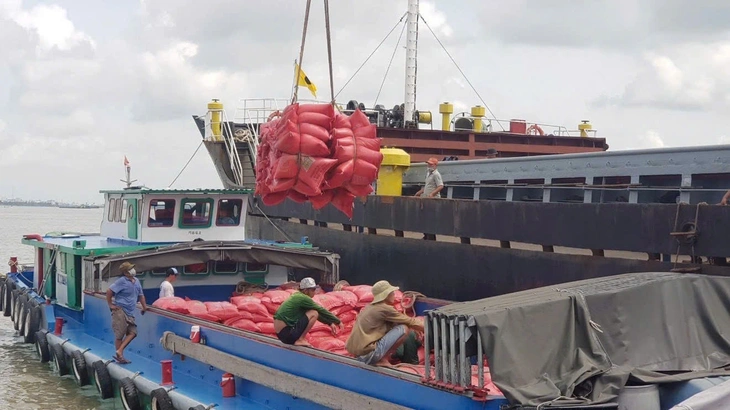
Vietnamese rice loaded onto export ships at My Thoi port, Long Xuyen, An Giang province - Photo: BUU DAU
Recently, the Philippine Department of Agriculture said it is likely to extend the ban on rice imports until the end of 2025, instead of just September and October 2025 as previously announced.
Faced with the new move from the "number 1 customer" of Vietnamese rice, rice export businesses are calculating their next steps.
Based on good signals from market diversification
On October 14, speaking with Tuoi Tre Online , Mr. Phan Van Co - Marketing Director of Vrice Company Limited - gave his comments on the situation of Vietnamese rice imports in the context of the Philippines considering extending the rice import ban.
According to Mr. Co, the Philippines is currently "closing the door" to rice imports, but there are still some commercial contracts with conditions attached; usually from transactions with Indian rice businesses. Therefore, finding new markets is a natural thing that Vietnamese rice businesses are always thinking about.
"The long-standing view is not to depend on one market, so in addition to the Philippines, businesses have turned to the African market. The Philippines market accounts for about 30-40% of the Vietnamese rice export market.
Although shifting to the African market, this is a market that 'favors' Indian rice more and exporting enterprises are holding back. Partly because of high costs, shipping costs to Africa and especially risks in payment," Mr. Co stated the situation.
However, according to Mr. Co, currently Vietnam mainly exports fragrant rice, while white rice output is insignificant, and white rice imports from Cambodia are limited, so inventory is not large.
"Actually, large Vietnamese rice exporters do not want to sign contracts, not because there are no buyers because the market price is low, profits are not much, information changes constantly so businesses wait for more information" - Mr. Co commented on the general strategy of rice exporting enterprises.
Facing difficulties from key markets, Vietnam's rice industry still recorded impressive growth in other markets, showing that diversification efforts are paying off.
Evidence from the Vietnam Food Association shows that there is a "strange wind" due to the boom in the Ghana market. Ghana suddenly rose to become Vietnam's largest rice import market, accounting for nearly 22% of the market share, followed by Ivory Coast at 21%, and Malaysia at 10%.
Next is the Bangladesh market. In particular, the Chinese market has had a strong recovery after many years of decline, with an increase of more than 141% over the same period last year.
Concerns about Vietnam's rice exports in 2026
Some Vietnamese businesses believe that in the last months of 2025, the pressure on Vietnamese rice exports will not be great, but currently, the situation of oversupply is prolonged in rice-producing countries, causing concerns for export activities, and contracts pending delivery in 2026 will stagnate and face difficulties.
The winter-spring rice crop in Vietnam falls in March and April. On average, fragrant rice at this time costs 13,000-14,000 VND/kg, but now it has dropped to only 10,000-11,000 VND/kg.
"Enterprises will find ways to sell domestically, sell to new markets, and balance inventory. In just a few months until the end of 2025, there is concern that Vietnamese rice will face further downward pressure in early 2026, especially during the peak winter-spring harvest season early next year," Mr. Co predicted.
The rice export target for 2025 is estimated at 5.7 billion USD, while the last 4 months of the year need to earn up to 2.44 billion USD. Enterprises see this as a double challenge but note that there are currently a number of enterprises researching a strong shift to the EU, South Korea, Japan, and Singapore markets.
"We will seek more export markets and diversify input material sources, both to reduce tax pressure and to avoid dependence on one market.
Calculate for processed rice products such as vermicelli, noodles, macaroni, pho. At the same time, find ways to connect businesses to reduce logistics costs when expanding to potential markets Ghana, Ivory Coast and UAE with fragrant rice and white rice varieties," said a rice exporter in Ho Chi Minh City.
Remove or clear instructions
According to the Vietnam Food Association (VFA), rice businesses are facing double difficulties: the impact of the import suspension order and problems with the value-added tax refund policy under new regulations that took effect from July 1.
VFA representatives said that the domestic rice market in the Mekong Delta has stagnated, traders have limited purchases due to concerns about limited output. They are concerned that the situation will last until the end of the year, causing losses for businesses and affecting farmers' incomes due to the sharp drop in rice prices.
"The Association has sent a document proposing that the Ministry of Industry and Trade send a diplomatic note to the Philippine Ministry of Agriculture requesting that difficulties be removed, ensuring that Vietnamese businesses can continue exporting or receive clear instructions on rice varieties within the scope of the suspension order.
This is based on the Memorandum of Understanding on rice trade cooperation between the two countries signed on January 30, 2024 and effective until December 31, 2028," informed a VFA representative.
Source: https://tuoitre.vn/doanh-nghiep-viet-lam-gi-khi-philippines-tinh-keo-dai-lenh-cam-nhap-khau-gao-20251014153716986.htm







![[Photo] Prime Minister Pham Minh Chinh receives President of Cuba's Latin American News Agency](/_next/image?url=https%3A%2F%2Fvphoto.vietnam.vn%2Fthumb%2F1200x675%2Fvietnam%2Fresource%2FIMAGE%2F2025%2F12%2F01%2F1764569497815_dsc-2890-jpg.webp&w=3840&q=75)




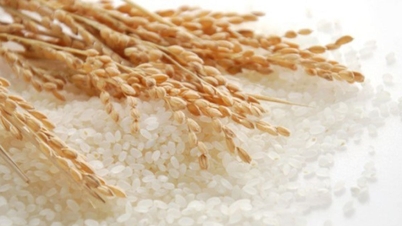

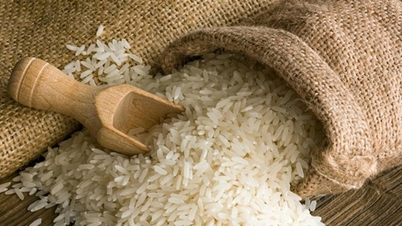






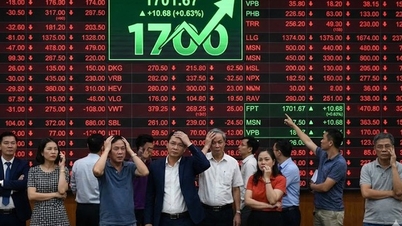












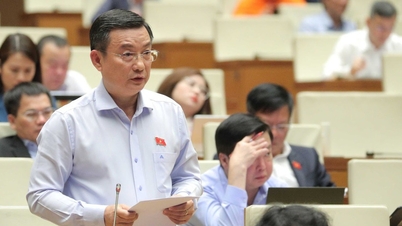

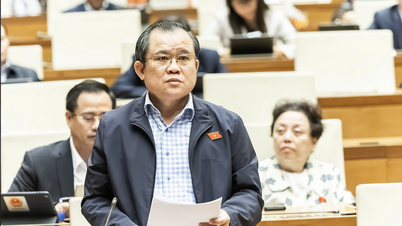













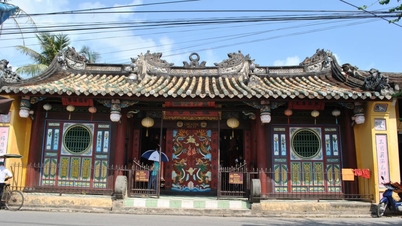



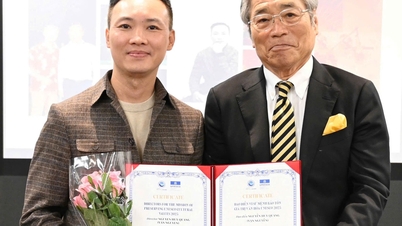




















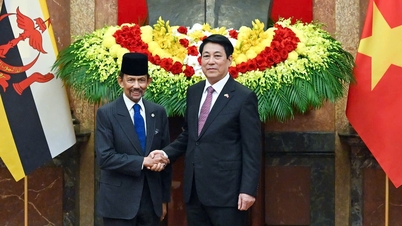

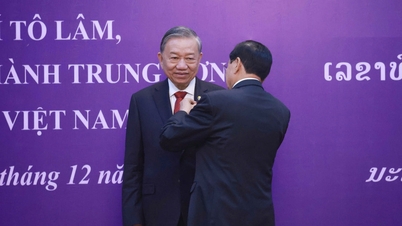








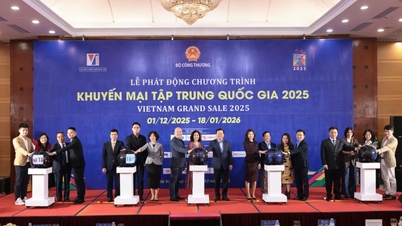




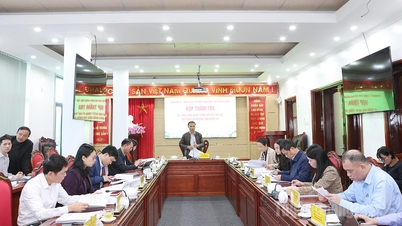

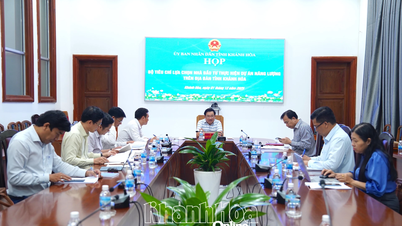

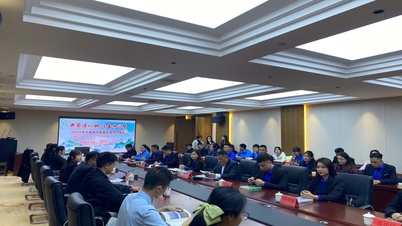

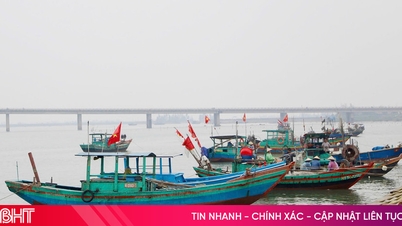

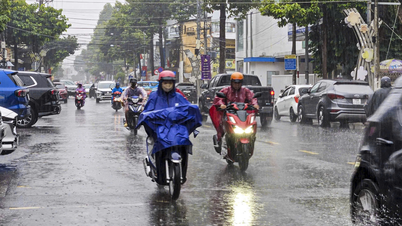













Comment (0)